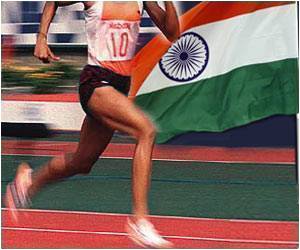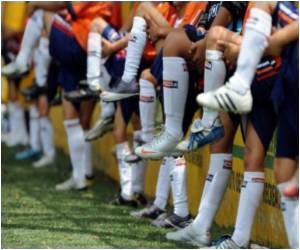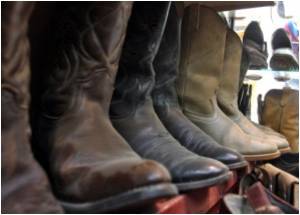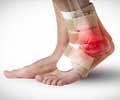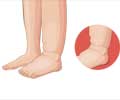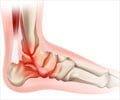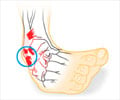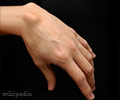The way individuals move their knee and hip joints may influence the risk of ankle re-injury, according to new research.

"If you have ankle sprains, you may have a problem with the way you move, and we think we can change movement through rehabilitation," said Cathleen Brown, lead author of the study and assistant professor in the department of kinesiology in the College of Education.
For the study, 88 participants were divided into three groups: an uninjured control group, active people who still experienced problems after an ankle sprain and "copers," or people who had been injured but no longer felt pain or weakness in their ankle.
Participants dressed in an Avatar-like body suit that sent data to cameras and computers detailing the exact position of ankle, knee and hip joints. Each person stood 27.5 inches away from an in-ground metal platform and jumped to reach a target, then landed on one foot without assistance.
Of the three groups, the uninjured group bent their knees and swayed their hips side-to-side more often than either of the other groups. However, the "copers" also showed differences in those joint movements.
The injured group with lingering ankle pain appeared unable to use their knee and hip joints as well when landing on the metal surface.
Advertisement
Source-ANI


